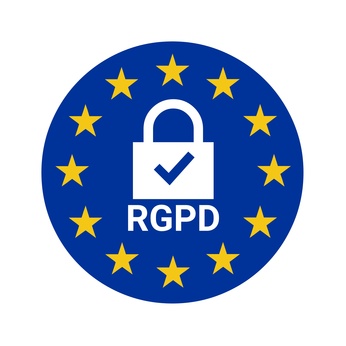A company’s success depends primarily on how engaged its employees are. The more they invest, the better the company’s productivity and the lower the turnover risk. But employers need to cultivate employee motivation on a daily basis with efficient HR strategies. Here are 7 ways to keep your employees fully invested in the company.
People-Focused Management
Employee engagement always suffers in the face of authoritarian management. If you want to maintain a long-term relationship with your employees, manage your teams with consideration. When you listen to them, you facilitate collaboration much more sustainably than if you impose decisions without allowing for discussion. You also need to adapt to your employees’ personal lives if you want them to do their best work. Offer flexible scheduling for parents that have to take their children to school or allow employees to work from home if they have problems with transportation.
Cultivated Onboarding
According to a 2018 study by Rescue, a recruitment firm, 20% of employees plan to leave their new employer because they were not well integrated into the company. This means that first experiences in a company are incredibly important for employee motivation. From welcome events to orientation days, onboarding must be prepared in advance if it is to be effective. You must create a training programme for company tools and processes in order for employees to be quickly operational. A mentor also facilitates integration, as they introduce the new employee to the company’s teams, infrastructure and operations.
Empowered Employees
An employee allowed to manage their own work is doubly valuable. They will take responsibility for their work because they feel the company trusts them. Employers that track every detail and count every hour are forgetting that presence and performance are not the same thing. With so many employees working from home now, companies have no choice other than to trust their employees and help them become more independent. Giving your employees more responsibilities and encouraging them to take initiatives will make them more loyal to the company.
360-Degree Feedback
360-degree feedback is becoming very popular in the business world as we move away from traditional hierarchy. Unilateral reviews, when only managers evaluate their employees, are a thing of the past. With 360-degree feedback, the evaluation is collaborative. Each employee can give their opinion on how their colleagues and superiors perform. Criticism is better tolerated by employees when it comes from their peers and includes suggestions for improvement. When accompanied by proper instruction to avoid abuse, this system boosts employee engagement because they feel included in company operations.
Attractive Rewards
A company uses their rewards system to improve employee satisfaction. This includes fair and progressive wages that reflect employee investment. But employers should also use a complementary benefits and rewards system to encourage motivation. This may include bonuses, discounts on services or major brands or meal allocations, for example. You can also reward employees with events at the company, such as electing the employee of the month or awarding points to deserving employees towards specific benefits. With an efficient benefits package and innovative rewards, you create a stimulating work environment that encourages each employee to better themselves.
Personalised Training Programmes
Employees need to meet challenges and find personal fulfilment in their work in order to stay motivated. Training options should provide employees with new experiences at the company that align with their goals. They should be a way to get promoted in the hierarchy or change positions to use new skills, without necessarily gaining responsibility.
Employee Satisfaction Surveys
When you survey employee satisfaction, you get a general idea of how well your strategies are working and which employees specifically need to be motivated. The more often you send out questionnaires, the more quickly you can react and solve issues. Use all the information at your disposal, from annual surveys to weekly multiple-choice responses, to address problems with practical solutions. If you suspect that an employee is losing motivation, a one-on-one review can help you understand why, and then improve their well-being at work and encourage them to stay with the company.



